Accepting higher education as it is, a quest for education attainment really turns on value concepts for the overwhelming majority of parents and aspiring students. Where are the colleges and universities that haven't consigned their "star" professors to research roles (with graduate students handling teaching duties)? An undergraduate degree at an elite private university can top $250,000. This price is completely out of reach for most Americans. Best education for lowest price is the name of the game.
Two veteran instructors tackle quality and cost issues in a new book titled Higher Education? They wrote an insider look and were recently interviewed by theAtlantic. They generally damn the Ivy League as a collection of over-priced education brands. Responding to a comment from yours truly, one of the authors (Claudia Driefus) had this to say:
If we had a child looking at schools now, we'd look first to the value state universities--of which Virginia has several. In our book, "Higher Education?" we have a chapter, "Schools We Like," based on some of own visits and research. It's an impressionistic list--but parents might find some "out of the box" ideas there. A condensation of that chapter appeared in the Chronicle of Higher Education and is also on our blog, www.highereducationquestionmark.com
I popped on over to the author's blog and found an interesting list with a few surprises and confirmation of what may be the best unknown higher education option in America, a genuine honors university hiding in a state system. The President of this university has been at the helm for the past 18 years. U.S. News & World Report named him one of America's Best Leaders in 2008 and Time magazine named him one of America's 10 Best College Presidents in 2009. His academic and professional achievements defy summarization. He also appeared in a documentary film titled 4 Little Girls.
This university enrolls almost 10,000 undergraduates and close to 3,000 graduate students. There are 480 full-time and 250 part time faculty teaching in 42 majors, 41 minors and 17 certificate programs in the physical and biological sciences, social and behavioral sciences, engineering, mathematics, information technology, humanities and visual and performing arts.
Top-quartile average SAT score is 1,362 and more than 40% of undergraduates are minorities. Resident tuition and fees are $8,872 and 72% of freshman live on campus. U.S. News & World Report named this school the #1 “Up and Coming” university in the nation and fourth among all colleges and universities in the nation for commitment to undergraduate teaching.
Not only do these two people provide strong endorsement from experience but our authors had this to say about UMBC:
University of Maryland-Baltimore County. The Meyerhoff Scholars Program has greatly increased the number of African-Americans in the biological sciences and engineering. In addition, although the university is a research institution focused on science and engineering, undergraduate instruction in the liberal arts is not an afterthought. President Freeman A. Hrabowski sets a tone at the top that says teaching undergraduates is important, and the faculty knows he means it. Of all the research universities we’ve visited, it is the place that has most capably connected research with undergraduate education.
The excerpt from Higher Education? that was published in the Chronicle can be found here.
*************************************
UPDATE 8/19/10: The concept of higher education as value investing is catching on. The author of a new book called Debt Free U, in an interview with the NY Times, says: "Attending an in-state public institution is the easiest and most powerful way to reduce the cost of college".









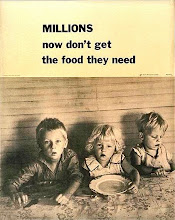


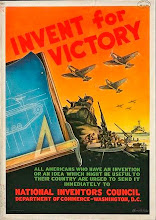

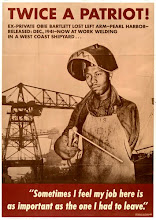
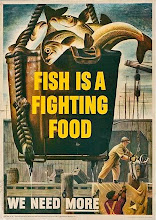
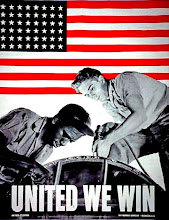

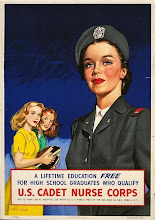


+breed+danger+6x8.jpg)
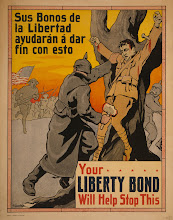


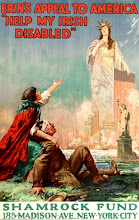




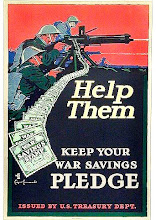
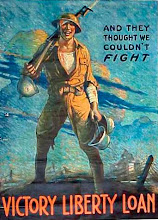

+5x7.jpg)


No comments:
Post a Comment